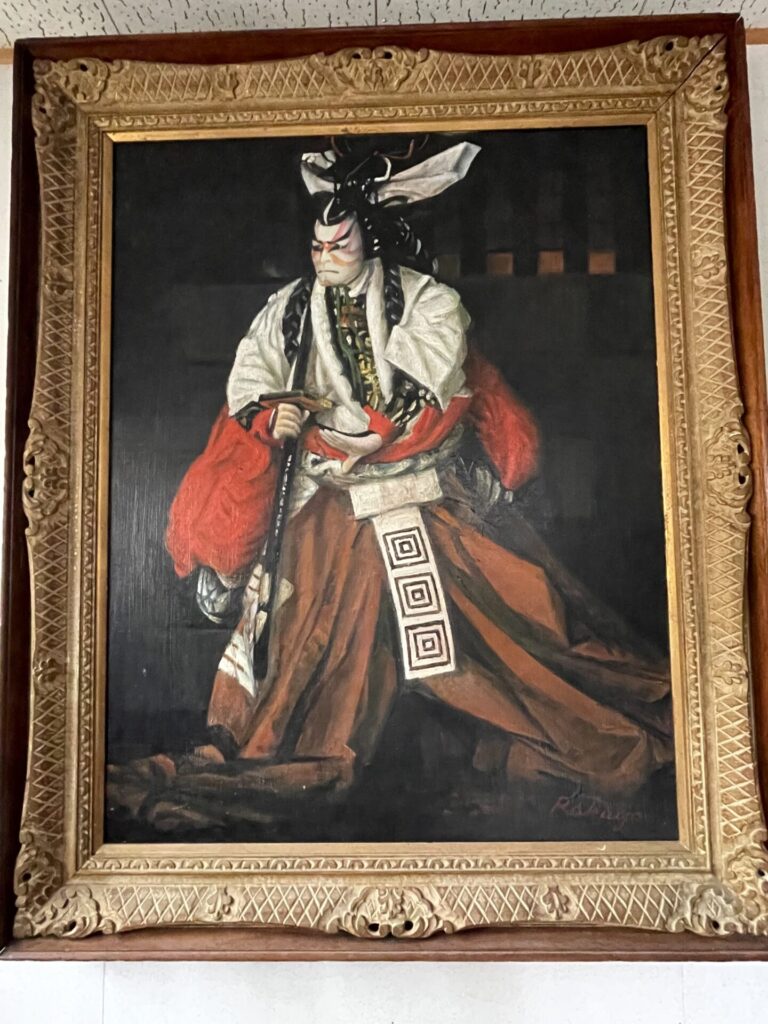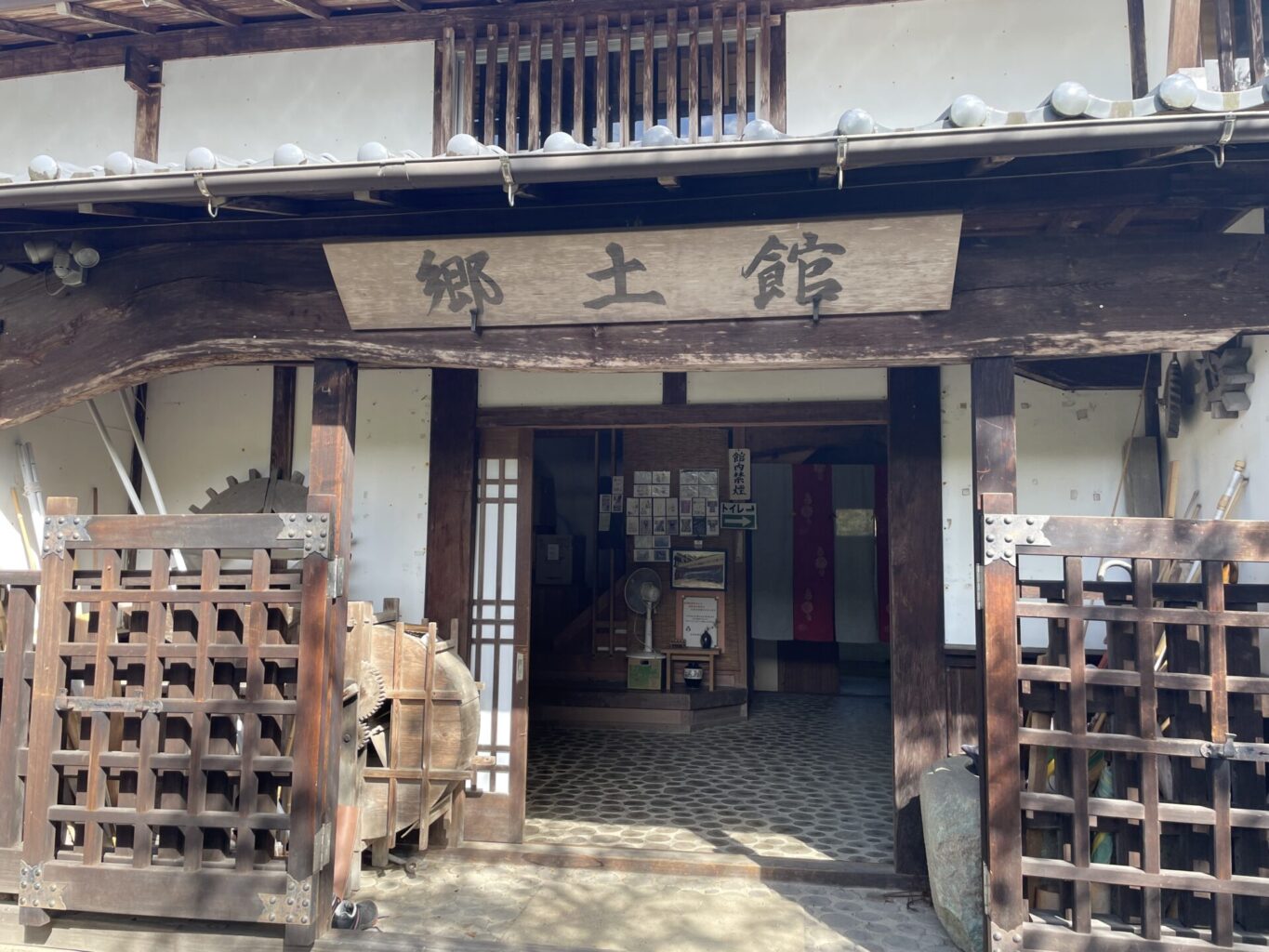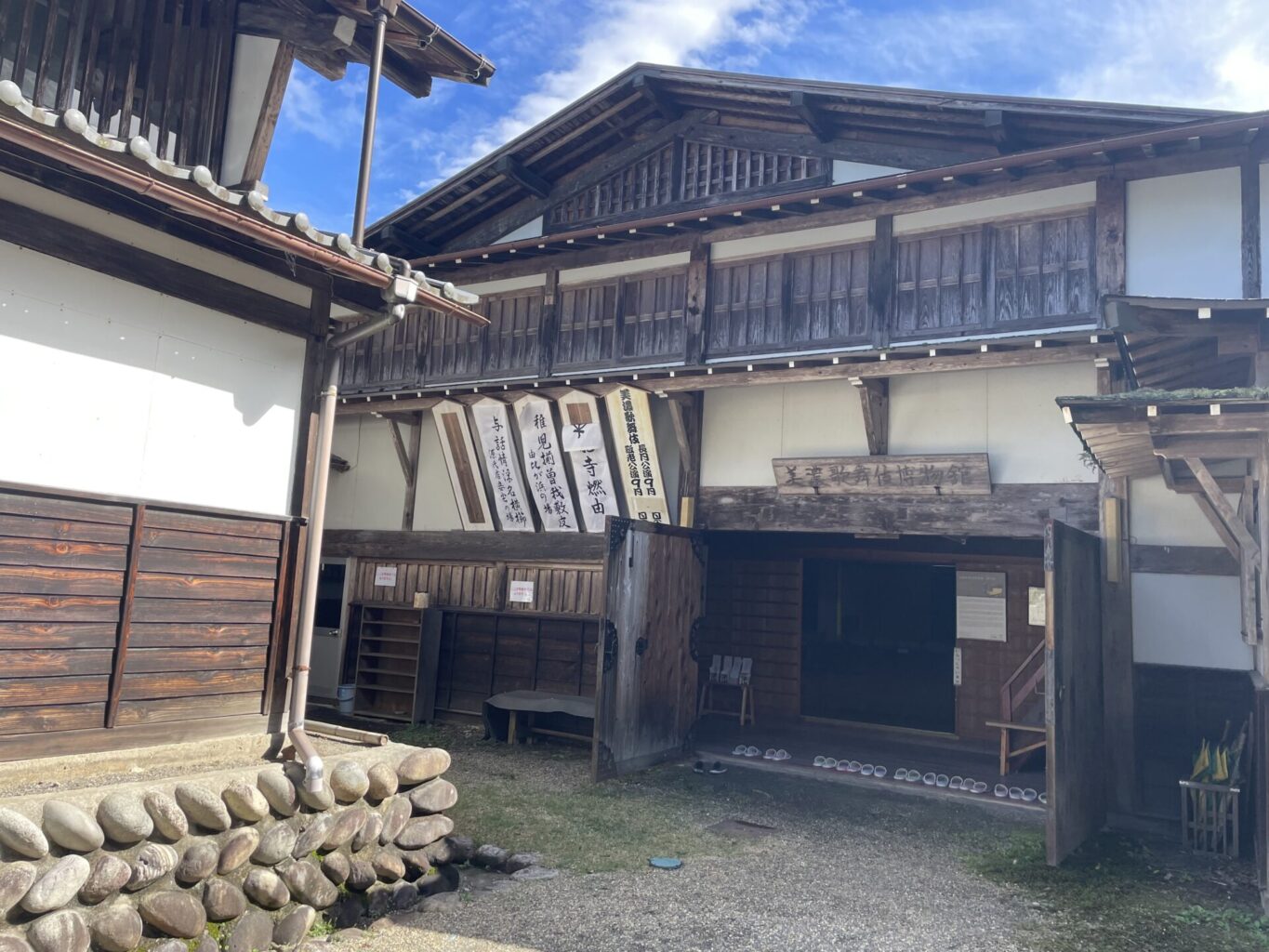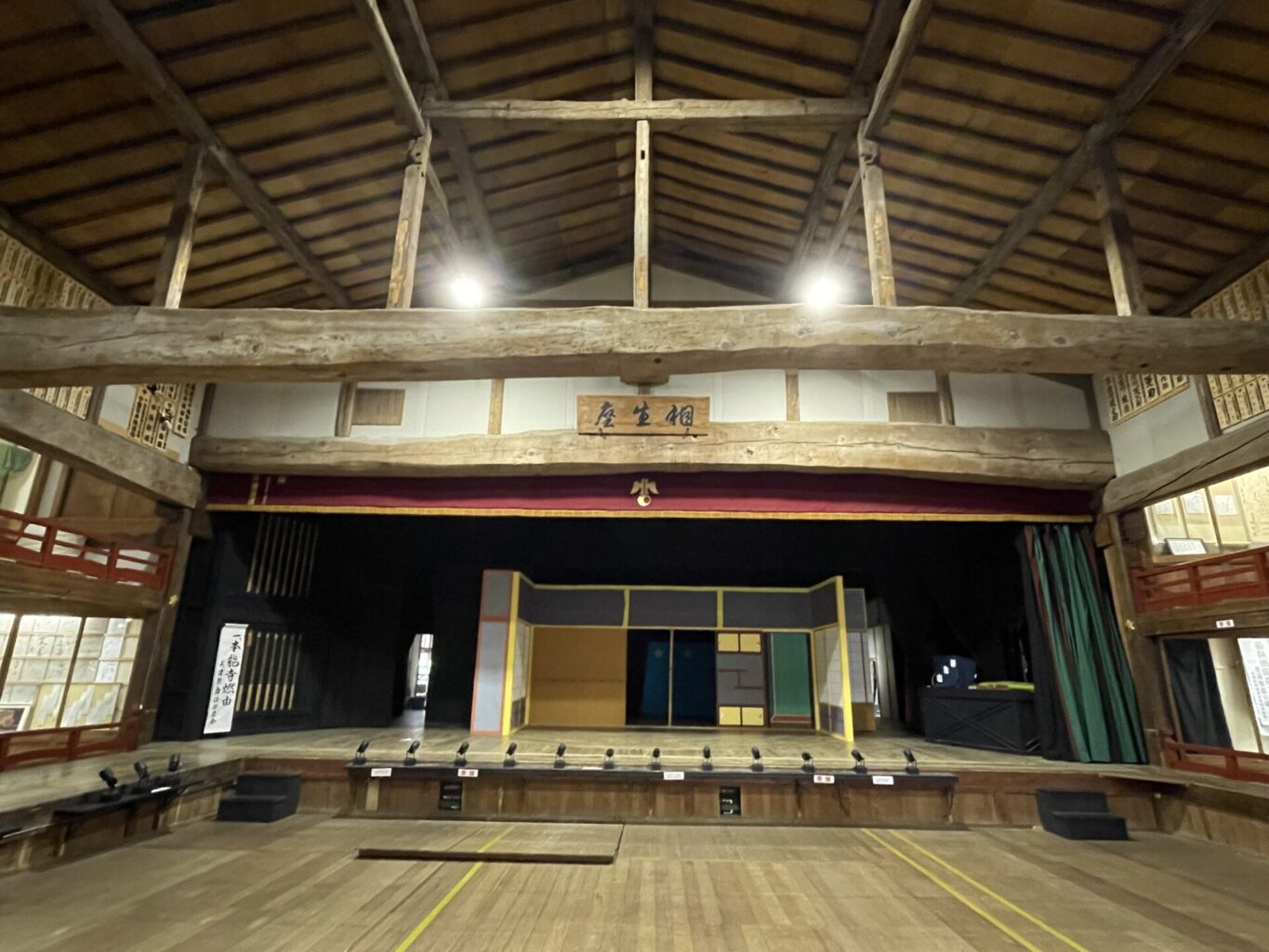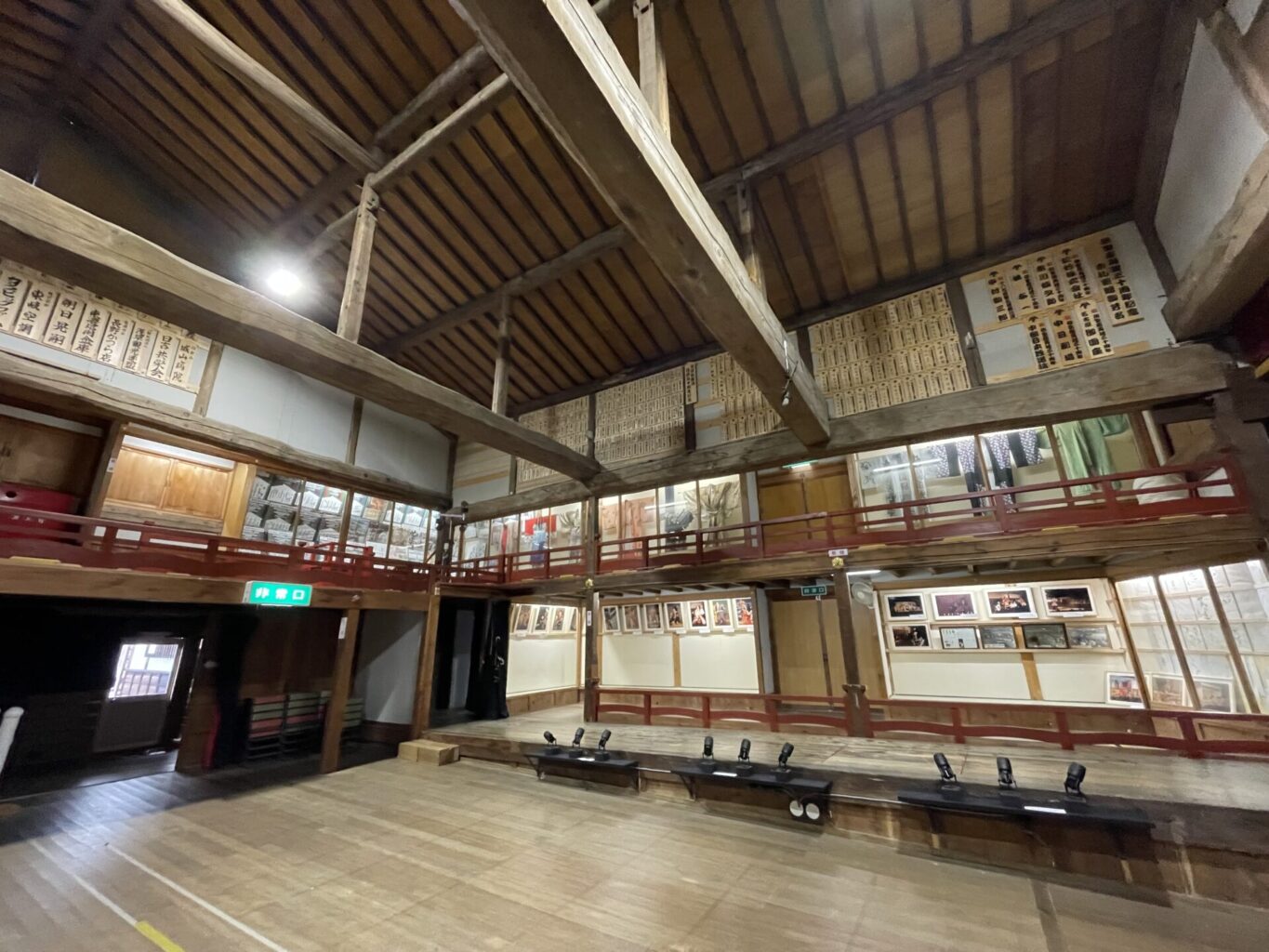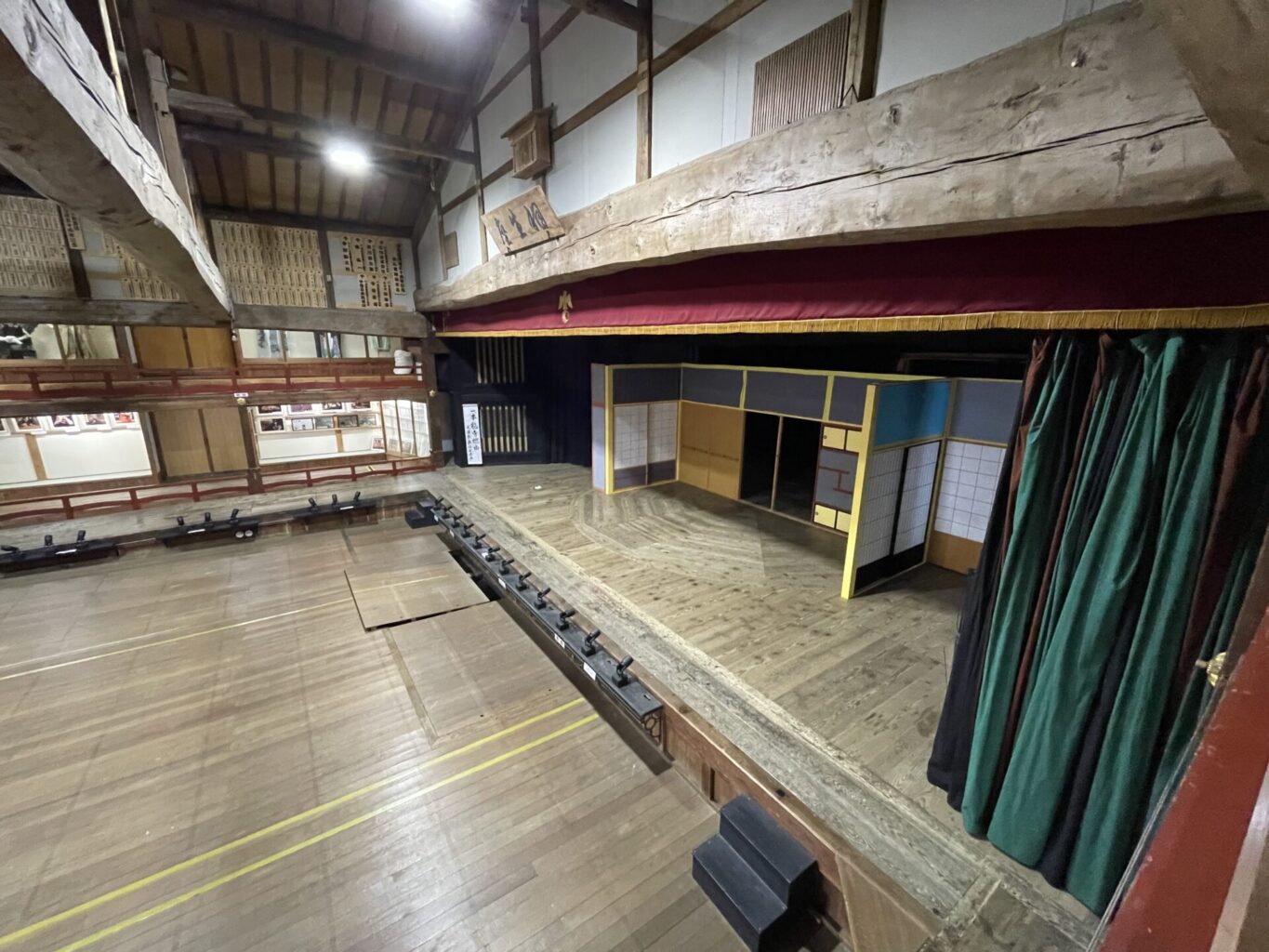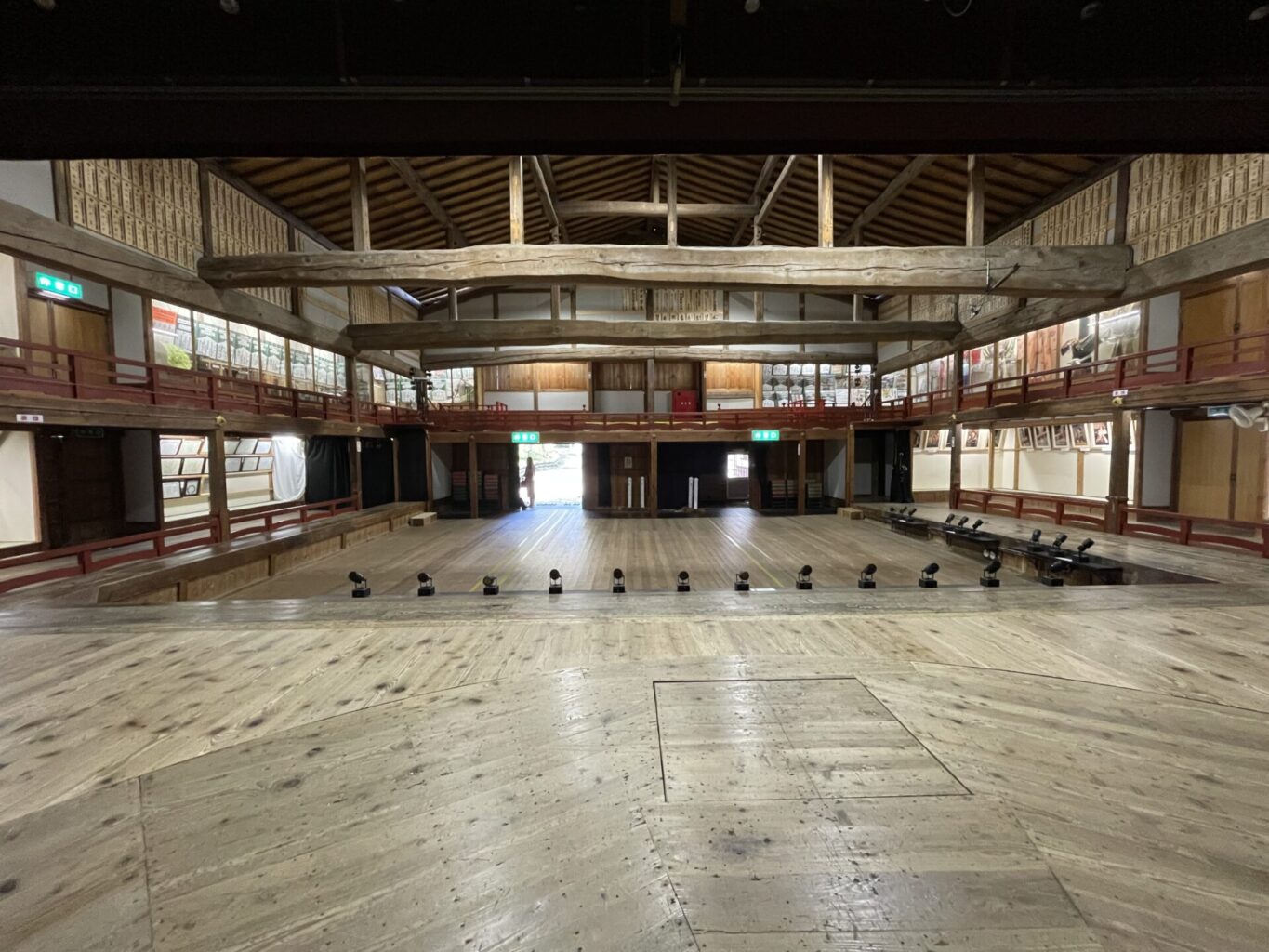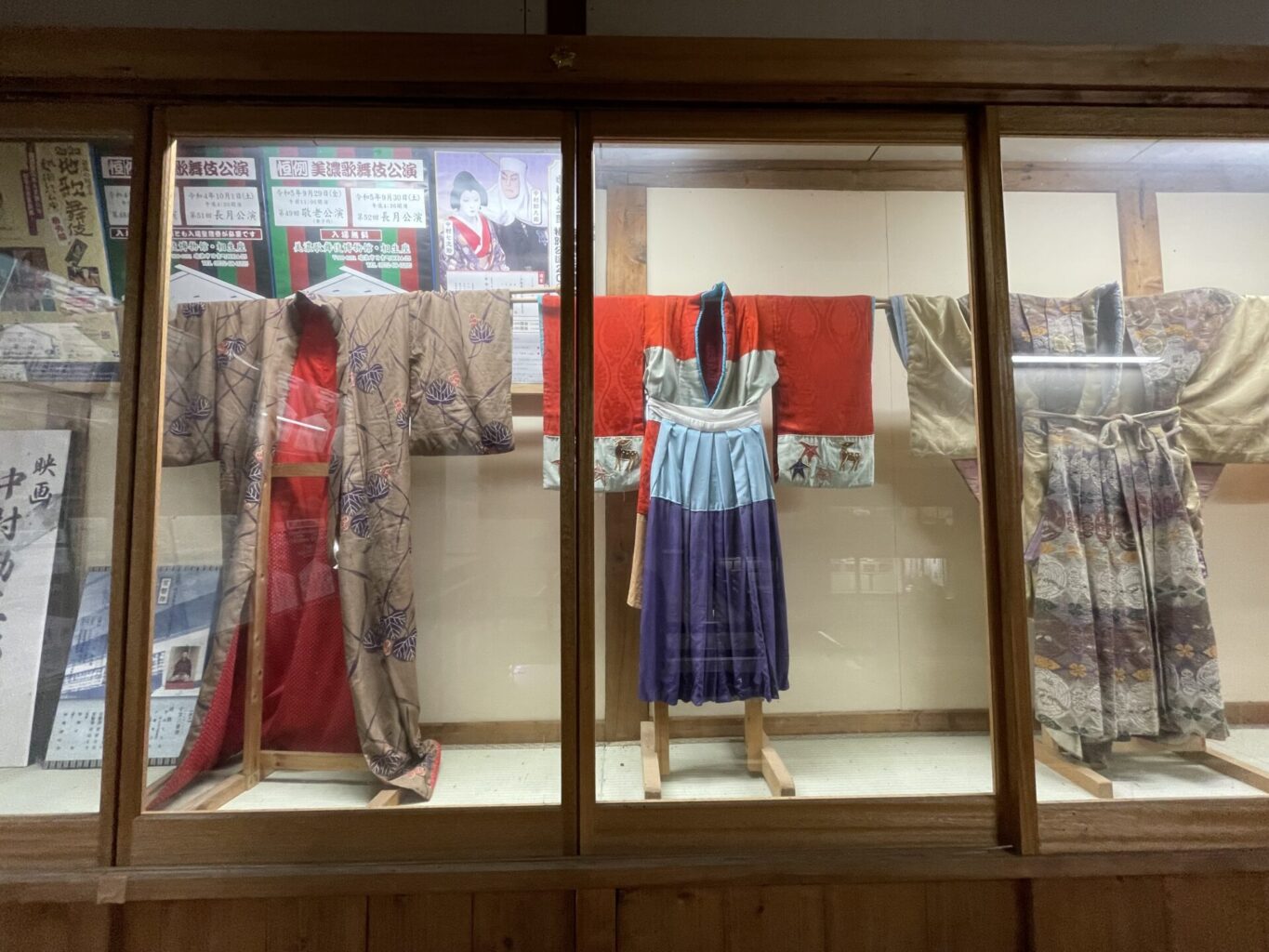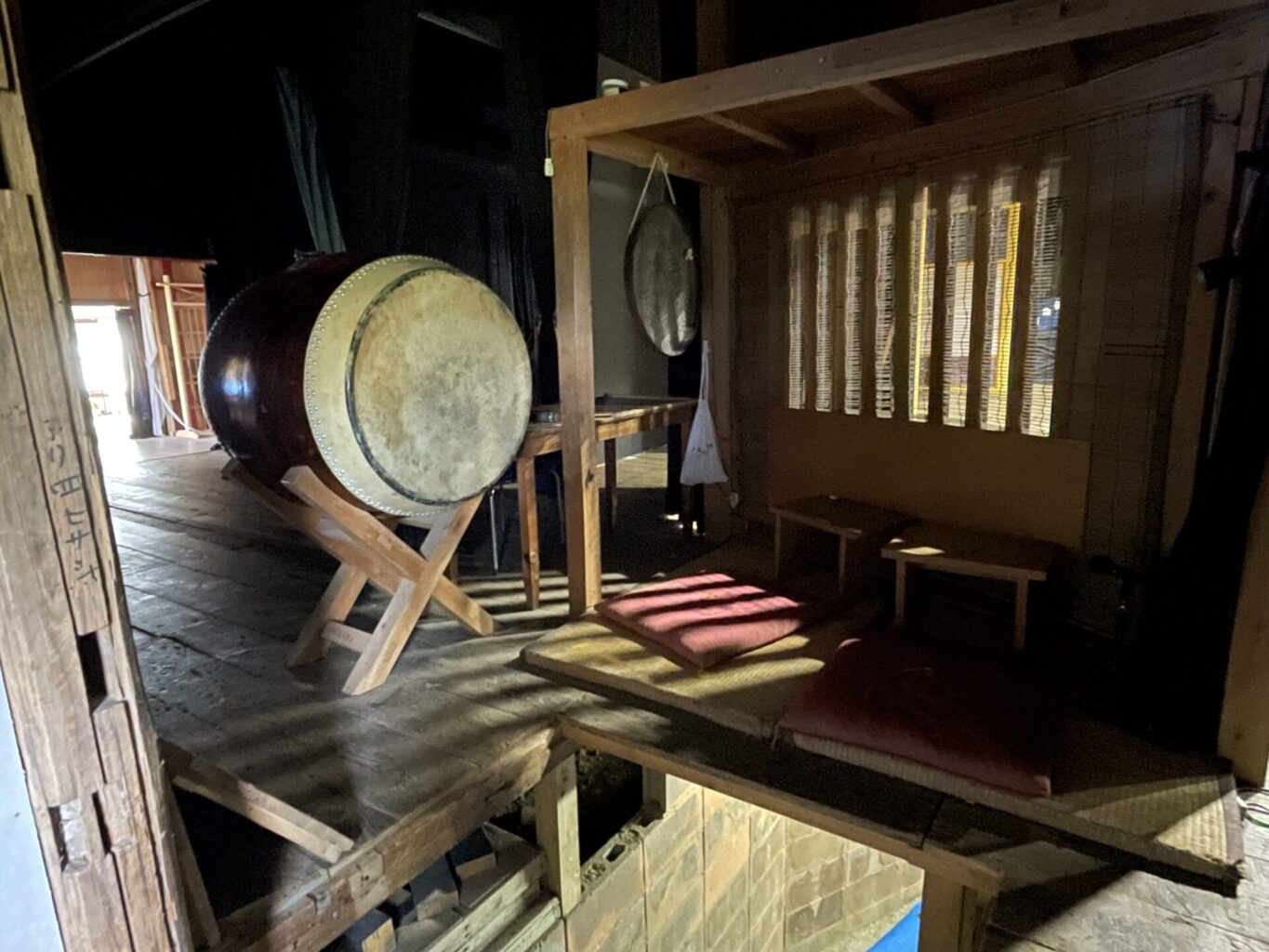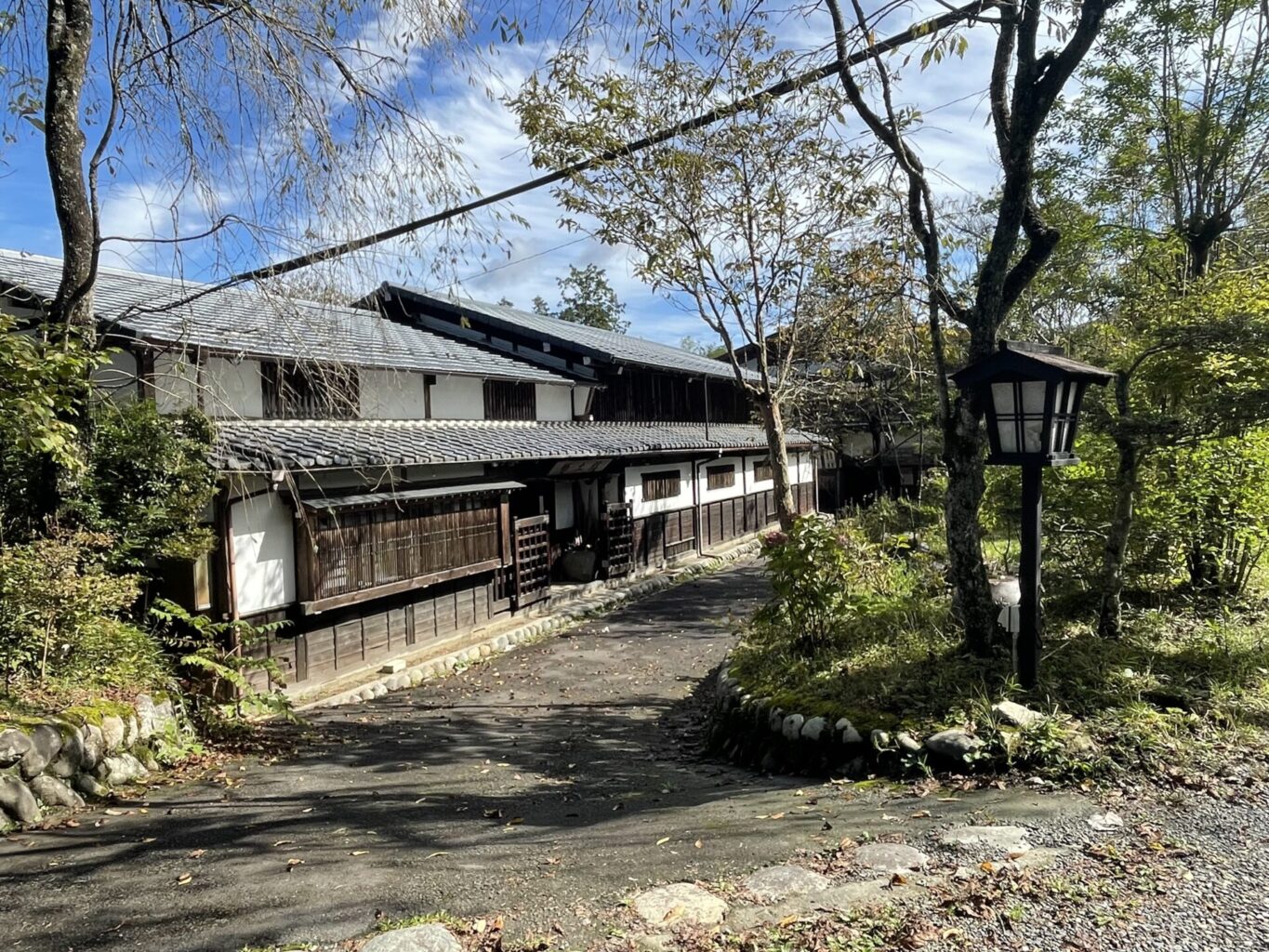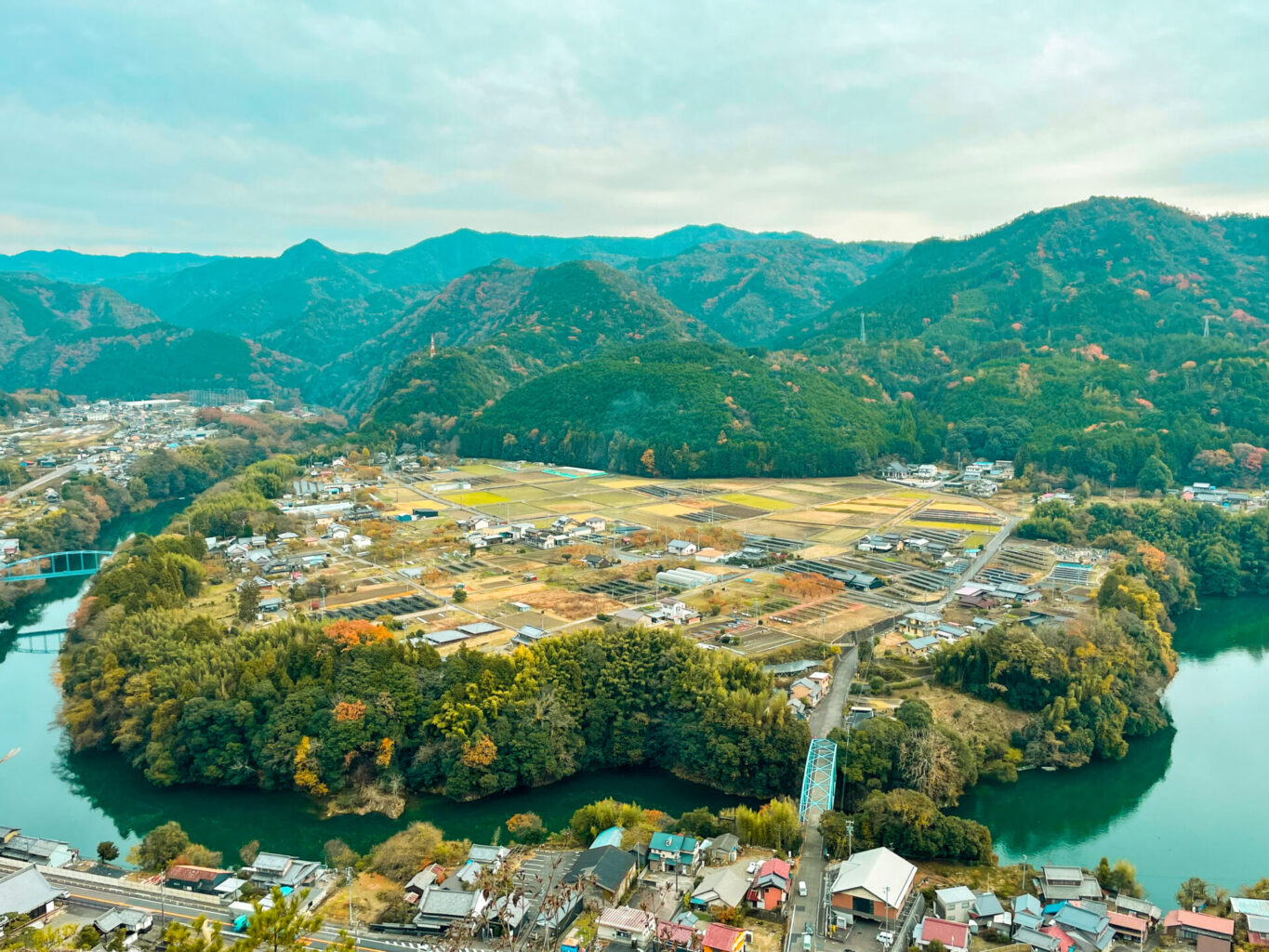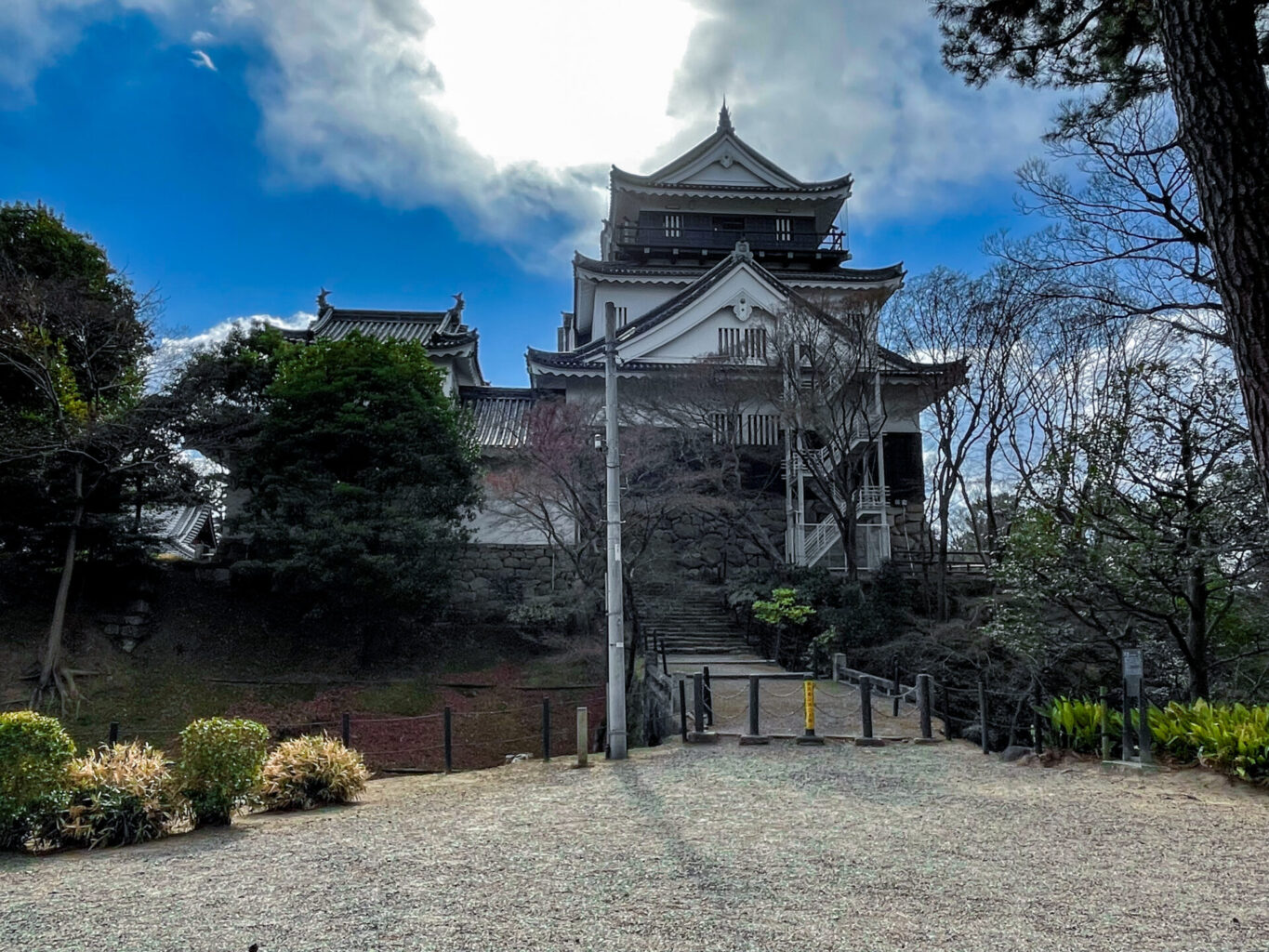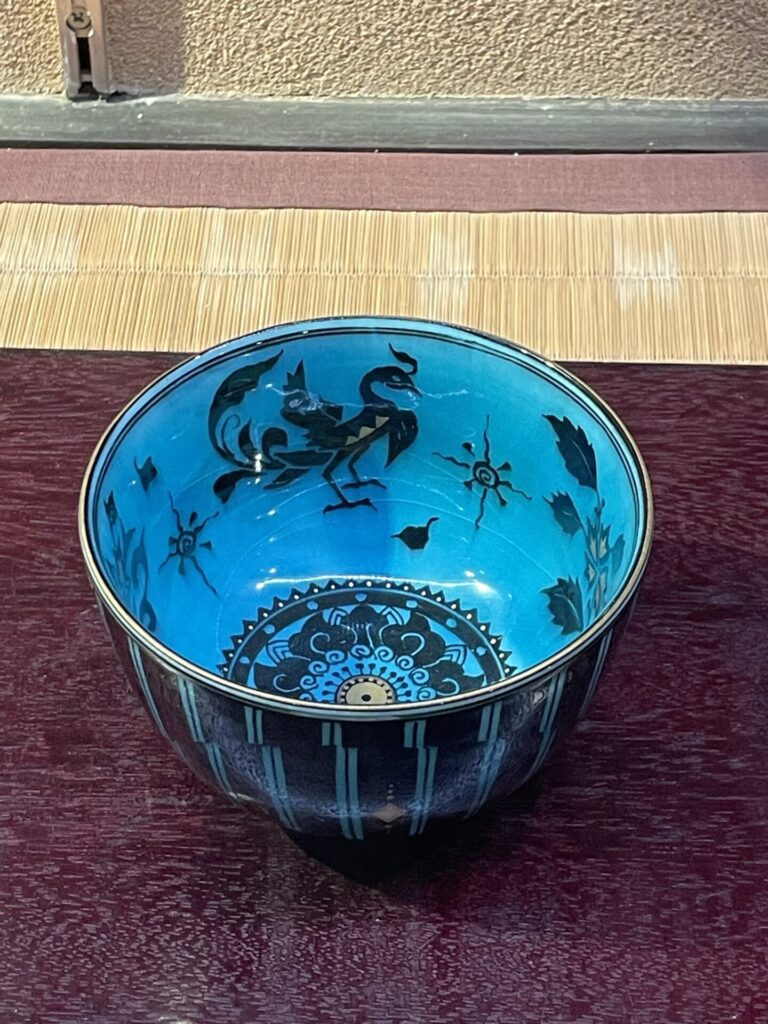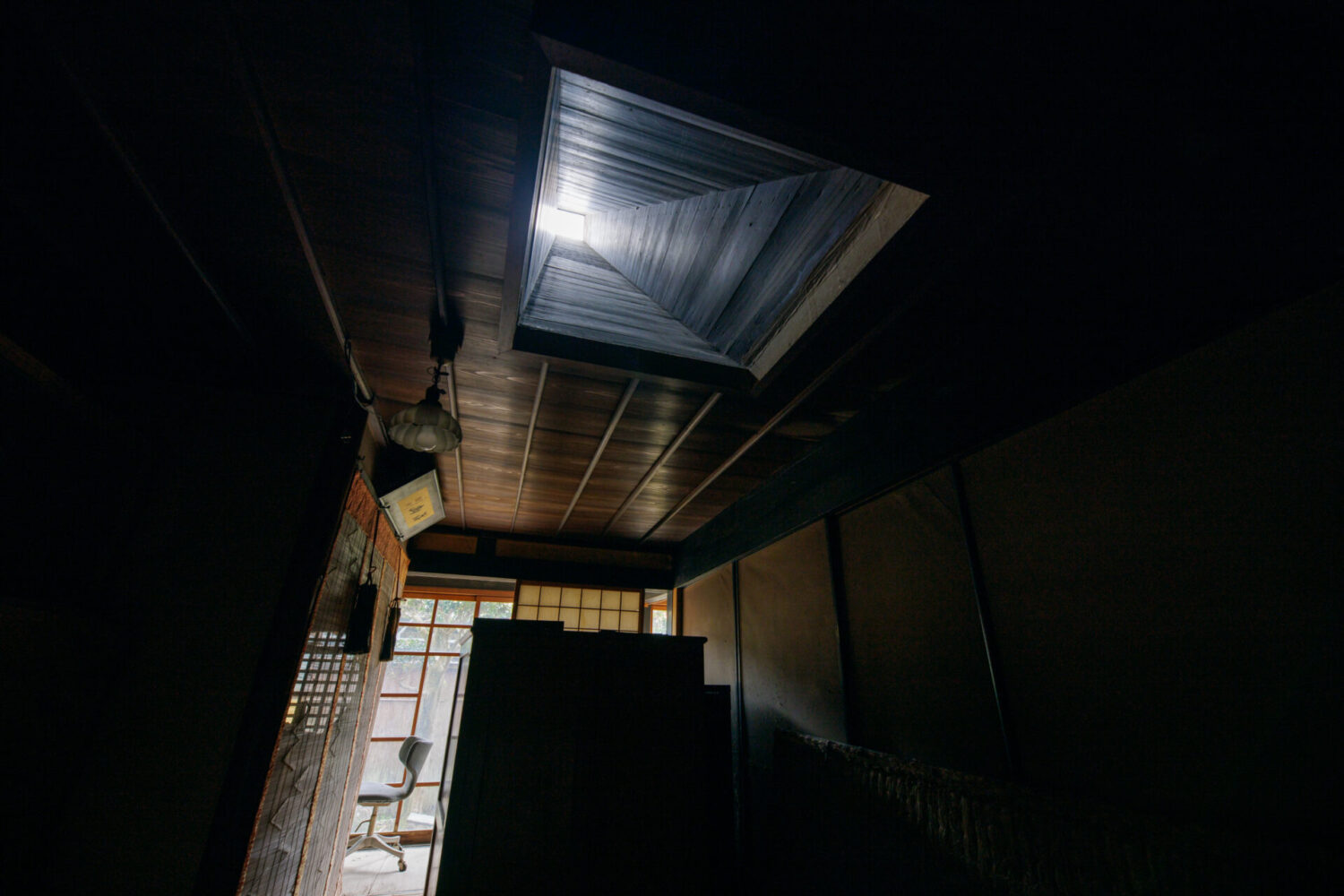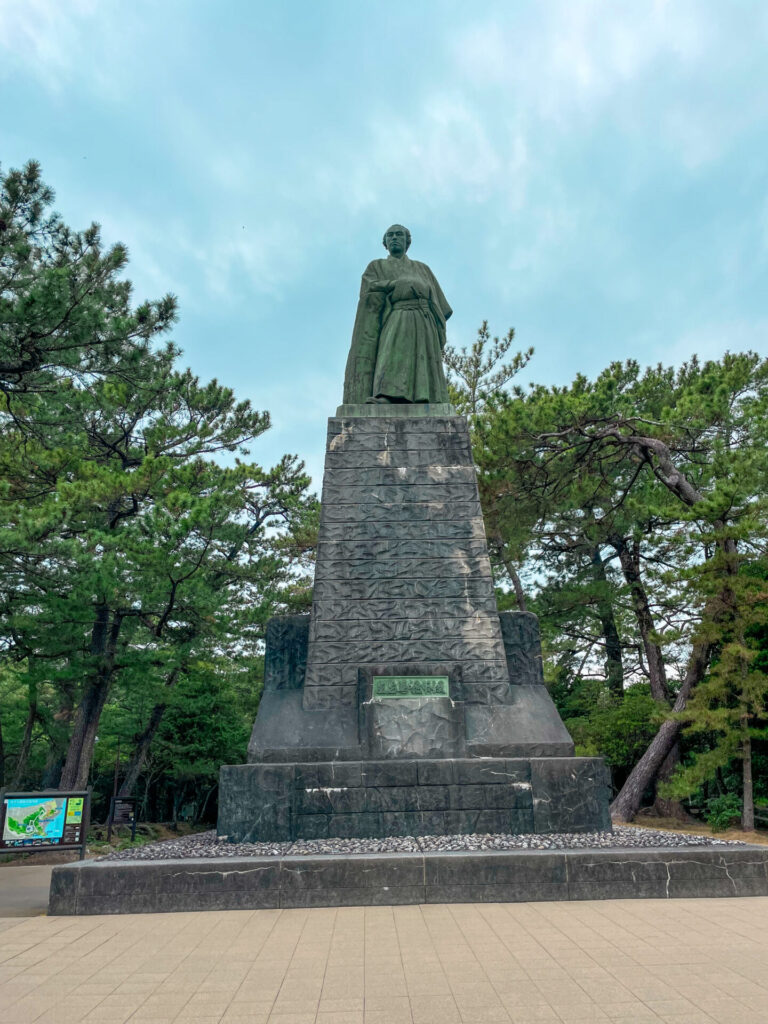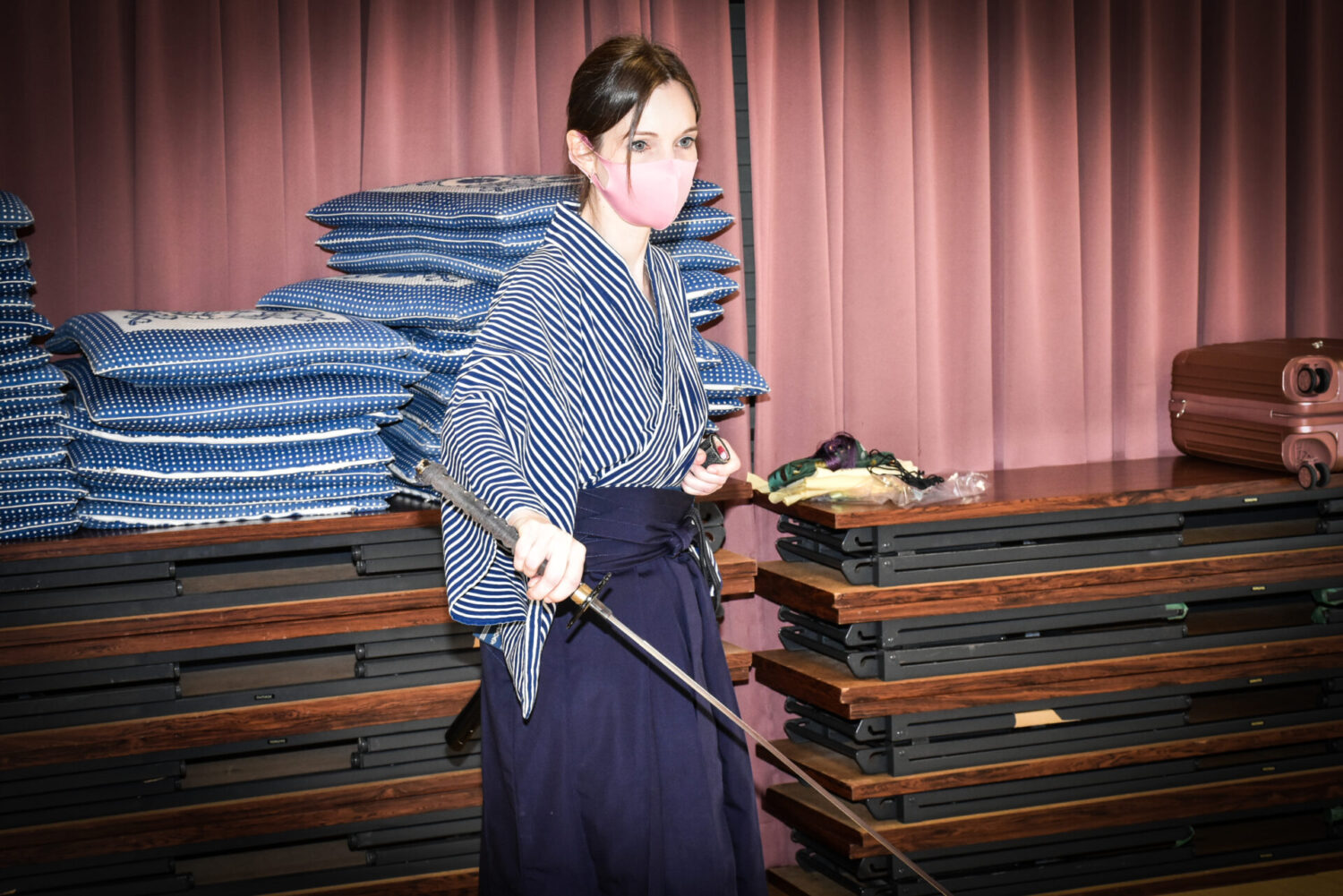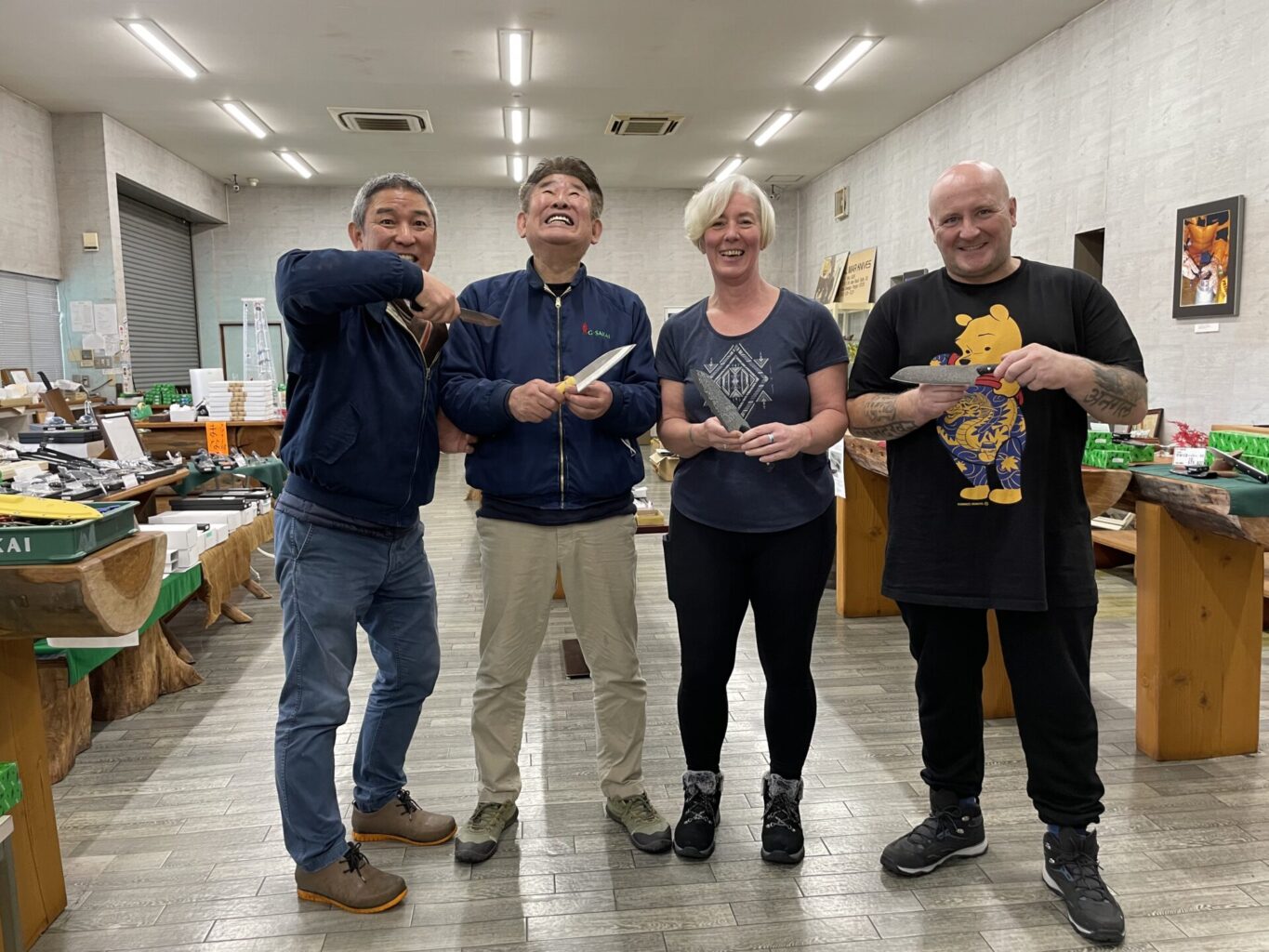Gifu Prefecture's Ji-Kabuki
Ji-Kabuki in Gifu Prefecture is a traditional form of kabuki theatre rooted in the local community, performed by local residents. Originating in the Edo period, it remains an integral part of regional culture and is known nationwide as an area where Ji-Kabuki thrives.
Gifu Prefecture is home to a unique Ji-Kabuki tradition deeply embedded in various localities. This warm and authentic performing art, supported by the local community, is distinct from professional kabuki, exuding simplicity and a strong sense of local pride. With its historical theatre atmosphere and the passion of the local people, Ji-Kabuki is a cultural heritage that deeply moves its audience.
What is Ji-Kabuki?
Ji-Kabuki refers to kabuki performances initiated by local people as a form of entertainment and amusement in rural villages and towns during the Edo period.
Unlike professional kabuki actors, local residents took on the roles of performers and staff, passing down the tradition within their communities.
Performances were staged in local theatres or temporary venues, with scripts and directions inspired by professional kabuki but enriched with distinctive regional characteristics.
History of Its Construction
Aioiza is a traditional kabuki theater built in 1924 (Taisho 13).
At the time, it served as a central hub of entertainment for the local community, hosting a variety of events, including kabuki plays, film screenings, and variety shows.
Architectural Features
The theater is a wooden structure that retains the charm of a traditional kabuki venue.
It features authentic elements such as a "naraku" (space beneath the stage), "hanamichi" (a walkway extending into the audience), and a revolving stage, all of which remain intact. This makes Aioiza a highly valued architectural and cultural asset.
